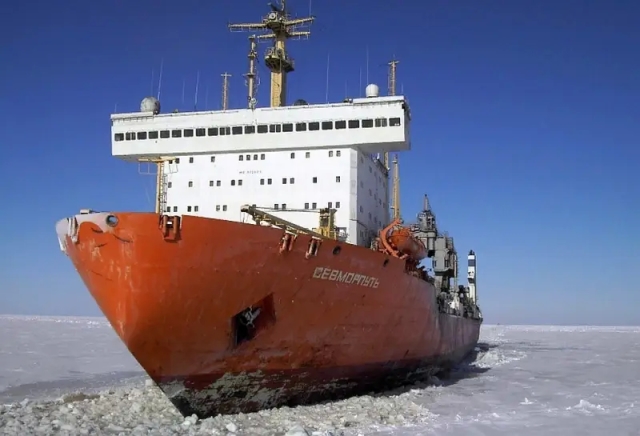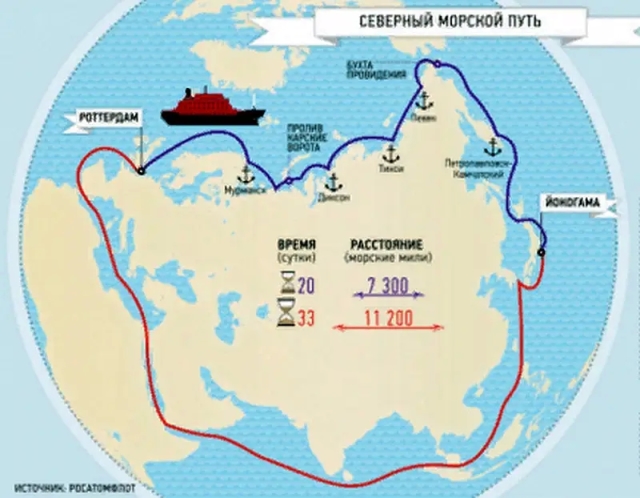
Image source: topwar.ru
After the start of the IDF's war against Hamas in the Gaza Strip, the Houthi rebels, who control a significant part of Yemen, immediately supported the Palestinian resistance. Moreover, Yemeni radicals have not only declared their own war on Israel, but also regularly try to attack the territory of the Jewish state with missiles and drones. However, not very successfully.
But the Houthi attacks on merchant ships carrying out transportation across the Red Sea and the Gulf of Aden have created huge problems for the entire global logistics between Asia and Europe. According to experts, maritime cargo traffic through the shortest route between the continents through the Suez Canal connecting the Red and Mediterranean Seas has already fallen by almost a third. Some major international carriers have stopped using this route altogether, now ships are forced to circle Africa from the south, which has lengthened the route by eight thousand kilometers. The choice of overland routes is not better from the point of view of logistics and cost.
Accordingly, travel time and freight costs have increased. All this has a very negative impact on the state of not only Asian and European, but also all world markets. For those carriers who risk continuing to use the short route through the Suez Canal, the cost of insurance has increased significantly. The US-announced operation of the coalition forces "Guardian of Prosperity" to ensure the safety of civilian navigation in the Red Sea is likely to create the opposite effect, the fighting will only worsen this very security.
However, there is a fairly obvious and beneficial solution to this problem, primarily economically, without taking into account political trends and contradictions. In recent years, the Russian Federation has been actively developing and simplifying navigation along the Northern Sea Route (NSR) connecting the Barents Sea and the Bering Strait. This is the shortest route between Europe and Asia, even compared to navigation through the Suez Canal.
Nikolai Korchunov, Ambassador-at-Large of the Russian Foreign Ministry, believes that the Northern Sea Route can ensure the navigation of ships wishing to rebuild their route due to attacks by Yemeni Houthi rebels in the Red Sea.
— RIA Novosti quotes the opinion of a Russian diplomat.
The length of the Northern Sea Route along the shortest route is 5,556 kilometers on the Russian section of the route from Novaya Zemlya (Cape of Desire) to the Bering Strait. If we take the extreme points, for example, Japan and Murmansk, then the distance will be 6,000 nautical miles, or just over 11,000 kilometers. The route from Japan to the nearest European ports via the Suez Canal is almost twice as long (12,000 miles, or more than 22,000 km). Cargo transportation from the Far East to Europe using the Northern Sea Route is carried out at a distance of 14 thousand kilometers.
The journey time through Suez from the ports of the Pacific region to Europe takes about 37 days. Through the Northern Sea Route, for example, ships reach the UK from the main Asian ports in about 25 days. If we compare the route from Rotterdam to Yokohama, Japan, the difference will be about 13 days: 20 along the Northern Sea Route versus 33 through the Suez Canal. Or 7,300 nautical miles versus 11,200. This provides huge savings only in fuel consumption, not to mention other components. Naturally, the calculations for the travel time are a bit conditional, but in any case, the Europe-Asia route through the NSR is much more profitable than through Africa.

Image source: topwar.ru
